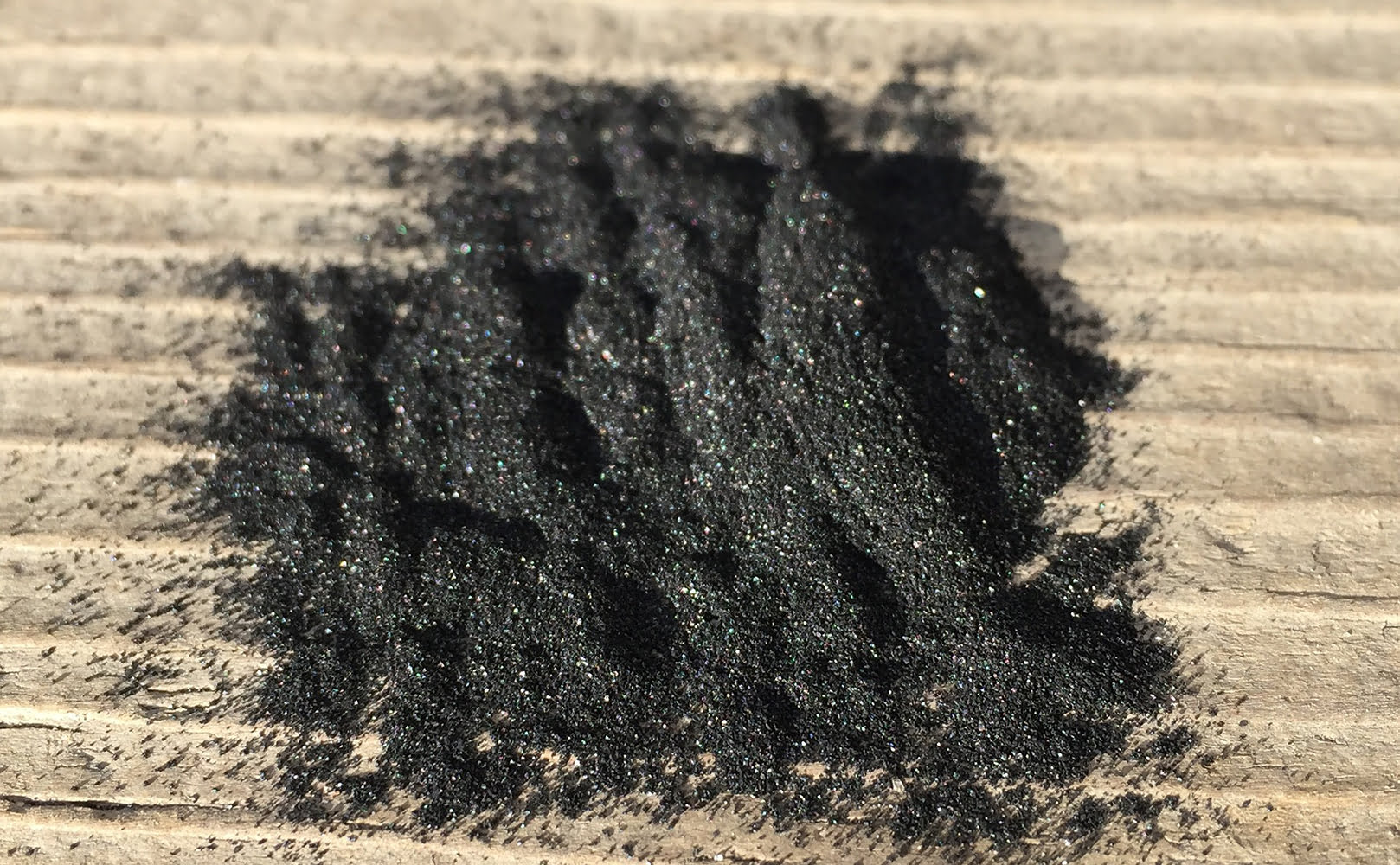Does Reverse Osmosis Remove VOCs (Volatile Organic Compounds)?
Written by: Gene Fitzgerald // Last Updated: May 15, 2023
This page may contain affiliate links. If you buy a product or service through such a link we earn a commission at no extra cost to you. Learn more.
Volatile organic compounds (VOCs) are an ever-present danger to our water supplies.
Reverse osmosis is a common solution for water contamination problems, but does it remove VOCs, too?
This article discusses whether reverse osmosis can remove volatile organic compounds from water or not.
Key Takeaways
- A reverse osmosis membrane removes 70-80% of volatile organic compounds in water.
- A reverse osmosis system that combines an RO membrane with activated carbon pre and post-filters can achieve more than 99% VOC removal.
Does Reverse Osmosis Remove VOCs?
So, does reverse osmosis remove VOCs?
Yes, reverse osmosis removes 70-80% of the VOCs in water.
This is for the actual RO water purification process alone, mind you. However, reverse osmosis systems for home use usually include additional pre and post-filter stages that make VOC removal much more effective – more on this below.
Other Ways to Remove Volatile Organic Compounds from Water
There are other options to try to remove VOCs from water besides reverse osmosis. They include:
Carbon Filtration
Carbon filters are made from activated carbon media, which is highly adsorbent in nature. Once in contact, water contaminants are trapped in the pores found on the carbon’s surface. That’s why carbon filters are very effective at removing VOCs from water.
You can install a carbon water filter on your countertop, under the sink, or as a whole house filtration system. Besides, activated carbon is used in pretty much all RO systems!
Note: After a while, carbon filters become saturated with contaminants and cannot process more water. You’ll need to change your filters regularly to ensure high filtration effectiveness.
Aeration
Aeration involves bringing air and water into close contact to remove dissolved gasses like VOCs (remember: VOCs stands for volatile organic compounds). It’s usually the first process employed at water treatment plants.
During the treatment, either drops of water are exposed to air or small air bubbles are mixed into the water.
Both methods remove undesirable gasses by:
- The scrubbing action caused by the turbulence of air and water mixing. This is a physical process that removes VOCs from water and allows them to evaporate into the air.
- Oxidation – Aeration also removes VOCs and other dissolved gasses by oxidation. Once the chemicals are oxidized, they fall out of the solution and are now suspended in the water. The suspended particles can easily be removed by filtration. Aeration is carried out in an aeration tank.
Electrodialysis
Electrodialysis is also capable of removing volatile organic compounds in water.
Electrodialysis is a purification process that removes ionic components from water by passing it through an ion-exchange membrane using electric current. Like reverse osmosis, electrodialysis separates ionic contaminants like VOCs, but it works with electric current instead of pressure.
Ultrafiltration
VOCs can be removed from water using an ultrafiltration membrane.
What Are Volatile Organic Compounds and Where Do They Come From?
Volatile organic compounds (VOCs) are carbon-containing compounds that easily evaporate and diffuse into the air, soil, groundwater, and surface water.
VOCs are present in paints, gasoline, cleaning supplies, and personal care products like perfumes and deodorant. They’re also used extensively in manufacturing plastics, electronics, and automobiles.
Because they’re so volatile, VOCs often make their way into our water supplies. VOCs are also long-lasting in the environment, so private wells and other water sources that are located near industrial areas, gas stations, railroad tracks, or landfills have a high chance of getting contaminated by VOCs. The most common ways VOCs enter drinking water systems are accidental spills, leaks, and poor waste disposal.
Common VOCs in Water
The most common VOC groups found in water are:
- Trihalomethanes (THMs): They are byproducts of disinfection during water treatment. They form when chlorine reacts with organic compounds that exist naturally in the water.
- Perchloroethylene (PCE): This is a chemical solvent found in shoe polish, dry-cleaning products, stain removal solutions, printing ink, typewriter correction fluid, adhesives, and household cleaners.
- Methyl-tert-butyl-ether (MTBE): MTBE is often used as an additive in gasoline. It can contaminate groundwater when there’s a leak in underground fuel storage tanks.
Health Effects: Are VOCs in Drinking Water Dangerous?
So many types of VOCs exist, so it’s tough to decide on their general health effects in drinking water. Generally speaking, more research needs to be done on the topic.
However, there’s evidence that short and long-term exposure to VOCs can be harmful:
According to the EPA, exposure to VOCs can cause headaches, nausea, loss of coordination, and irritation of the eyes, nose, and throat. Prolonged VOC exposure can also affect the kidneys, liver, and central nervous system.
Some VOCs are suspected of causing cancer in humans. They include:
- 1,1,2-Trichloroethane
- 1,2-Dichloroethane
- 1,2-Dichloropropane
- 1,2,3-Trichloropropane
- 1,4-Dioxane
- Benzene
- Carbon tetrachloride
- Dichloromethane
- Styrene
- Tetrachloroethylene
- Vinyl chloride
Animal studies linked MTBE to kidney and liver tumors, and VOCs like toluene, xylene, and ethylbenzene have been shown to affect the liver and kidneys.
How to Test Your Water for VOCs
You can find out if your water contains VOCs by going through the consumer confidence reports provided by your water supplier. These reports detail many of the contaminants present in your water and the amounts in which they exist.
If you get your water from a private supply, you can test it for VOCs by taking it to an EPA-certified lab. These lab tests are highly accurate and tell you all you need to know about the current state of your water. Although they’re not free, they’re definitely worth it.
If you have any thoughts about the question, does reverse osmosis remove VOCs, please don’t hesitate to leave a comment below!
Information provided on BOS is for educational purposes only. The products and services we review may not be right for your individual circumstances.
We adhere to strict editorial guidelines. Rest assured, the opinions expressed have not been provided, reviewed, or otherwise endorsed by our partners – they are unbiased, independent, and the author’s alone. Our licensed experts fact-check all content for accuracy. It is accurate as of the date posted and to the best of our knowledge.



